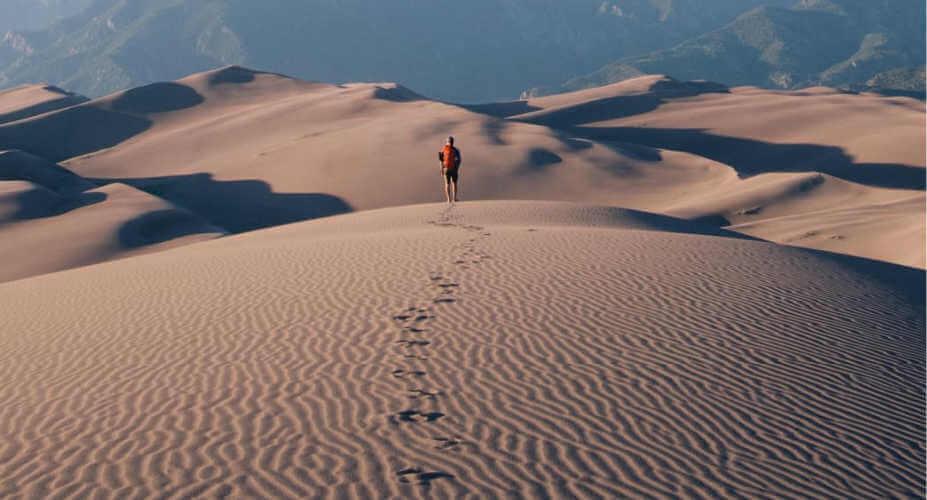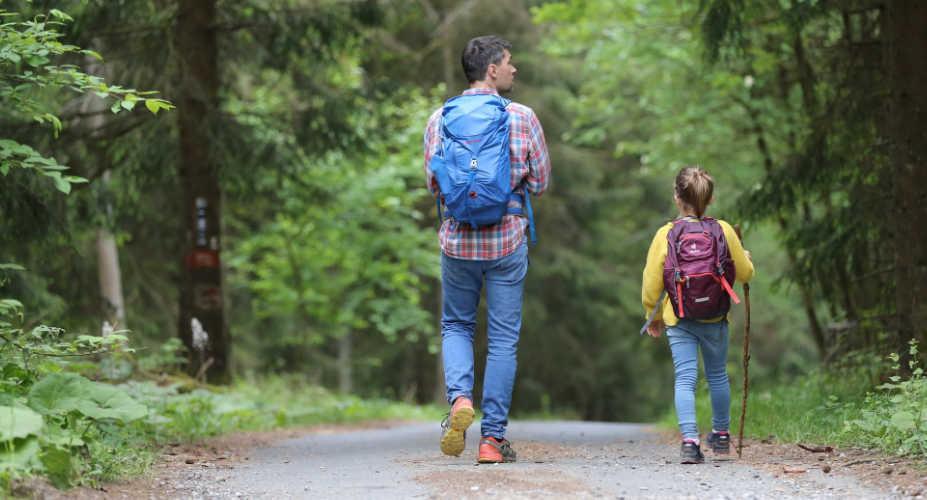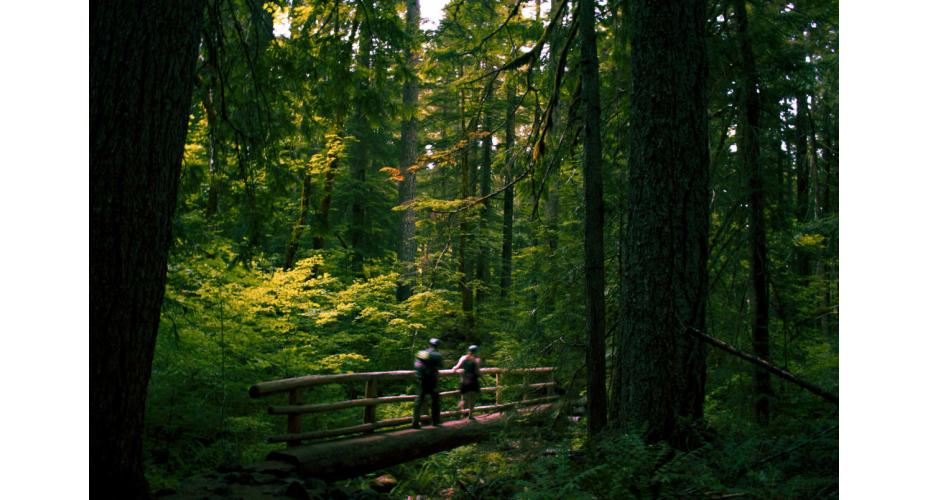
Whether you’re hiking in the mountains, the desert, or anywhere in between, preparation for the natural elements is a big part of planning any outdoor trip. Exposure on a hike can mean many different things, none of them good: lack of shade or shelter, prolonged time spent at altitude or in extreme temperatures, natural obstacles, and biting or stinging insects. They can vary from mild annoyances to possibly life-threatening injuries—and all should be taken seriously. It’s important to reduce your risk where you can and plan for the worst-case scenario when you’re far away from help. Cover these bases, and you’ll be well on your way to making sure you remember your outdoor adventures for the right reasons.
Temperature
The human body operates best when its core is between a relatively narrow range of temperatures—anything much warmer or colder, and things start to fall apart. Before you head out, know the average highs and lows for the area where you’ll be hiking and plan as if you might have to spend more time in the wilderness than you expect.
If it’s likely to be very hot, wear clothes that wick moisture and help regulate your body temperature, like a short-sleeved button-up shirt that will vent as you sweat. Bring along plenty of water: In hot climates, you should be drinking two to four liters per day. If you’ll be out for more than a few hours, consider an electrolyte replacement as well—or at least plenty of salty food.
Extreme cold is easier to plan for—you can only take off so much clothing, but you can always add more. Dressing in layers is essential, allowing you to open or remove clothing quickly and avoid sweating. Once you stop, the body cools fast, so be ready to put on a snuggly fleece midlayer or insulated jacket. Bring along some shelter in case you find yourself out in the cold longer than expected. It doesn’t have to be a proper tent, but a cheap emergency blanket, bivouac bag, or warm parka can go a long way in helping your body to retain heat when you really need it.
Wind

Not only is wind miserable to be caught out in, but it also can cause you to lose heat rapidly. Exposed hiking, where there are no trees or ridgelines to block the breeze, often means spending hours at a time in the wind. If the area where you’ll be hiking is known for being unusually windy (or if the forecast indicates significant gusts), bring along a lightweight layer to block the wind and retain body heat. If you’re spending the night outside, set up your tent so that it’s aerodynamic, rather than broadside to the wind. Cook downwind of your shelter and consider bringing along a windscreen or having a companion block the breeze as you light the stove. And don’t forget the silver lining: You’re far less likely to battle pesky bugs on a windy day.
Precipitation
When the rain starts to fall, the last place you want to be is high on an exposed ridgeline. In addition to getting wet (and increasing the risk of hypothermia), you’re in danger of being struck by lighting, which tends to hit the tallest thing around. As a precaution, if you’re hiking in an alpine zone, always plan to be back down below treeline by early afternoon, when thunderstorms often roll in. You should avoid hiking above timberline on days when there are thunderstorms in the forecast. If you do happen to get caught in an electrical storm, the best place to be is in a forest with uniformly sized trees—steer clear of any that stand above the rest.
If you’re not in an area where lightning is of particular concern, you’ll still need to keep yourself dry. A waterproof outer layer is great, but it’s even more critical that it can vent to keep you from sweating too much—your clothes won’t keep you warm if they’re wet.
Sun

It’s crucial to take care of your skin, not only for your long-term health but because you’ll be dehydrated and dysfunctional if you burn to a crisp. Cover up as much as possible with UPF clothing and apply sunblock (at least SPF 50) to any visible skin, like your face and hands. If you’re unlikely to find shade on a hike, bring your own—a wide-brimmed hat will afford you protection from sun and keep your face and neck from burning.
Altitude
Many exposed hikes in alpine areas are also at high altitude, in which case you’ll need to be prepared to recognize signs of Acute Mountain Sickness (AMS). AMS can happen to anyone, and it’s not entirely understood what causes it, as some people will hike or climb at altitude for years without incident, and then suddenly experience it without warning. Early signs of AMS include headache, feelings of fatigue, and nausea; if they’re not addressed, they can worsen considerably until you’re confused and having trouble with fine-motor skills or even walking. The only surefire way to treat AMS is by descending as rapidly as possible. Symptoms typically occur beginning at elevations as low as 8,000 feet, so if you’re feeling unwell, consider the altitude.
Insects

Bugs can turn even the most pleasant hike into a nightmare. If you’re out for days at a time, it can get tricky to continually re-apply repellent sprays, which is why it often makes sense to wear your insect repellent. Some clothing manufacturers offer gear with tighter weave in the fabric, as well as built-in repellent. In addition, wearing light colors can help you see pesky biting bugs before they’re a problem. Use in combination with your preferred repellent for an effective method of keeping insect bites at bay, even when you’re out in the thick of bug season.
All of these issues can be largely avoided—or at least alleviated—with proper planning and having the necessary gear handy when it’s needed. Do that, and you’ll be spending more of your time enjoying the outdoors and less of it longing for something you left at home.
Written by Emma Walker for RootsRated and legally licensed through the Matcha publisher network. Please direct all licensing questions to legal@getmatcha.com.







